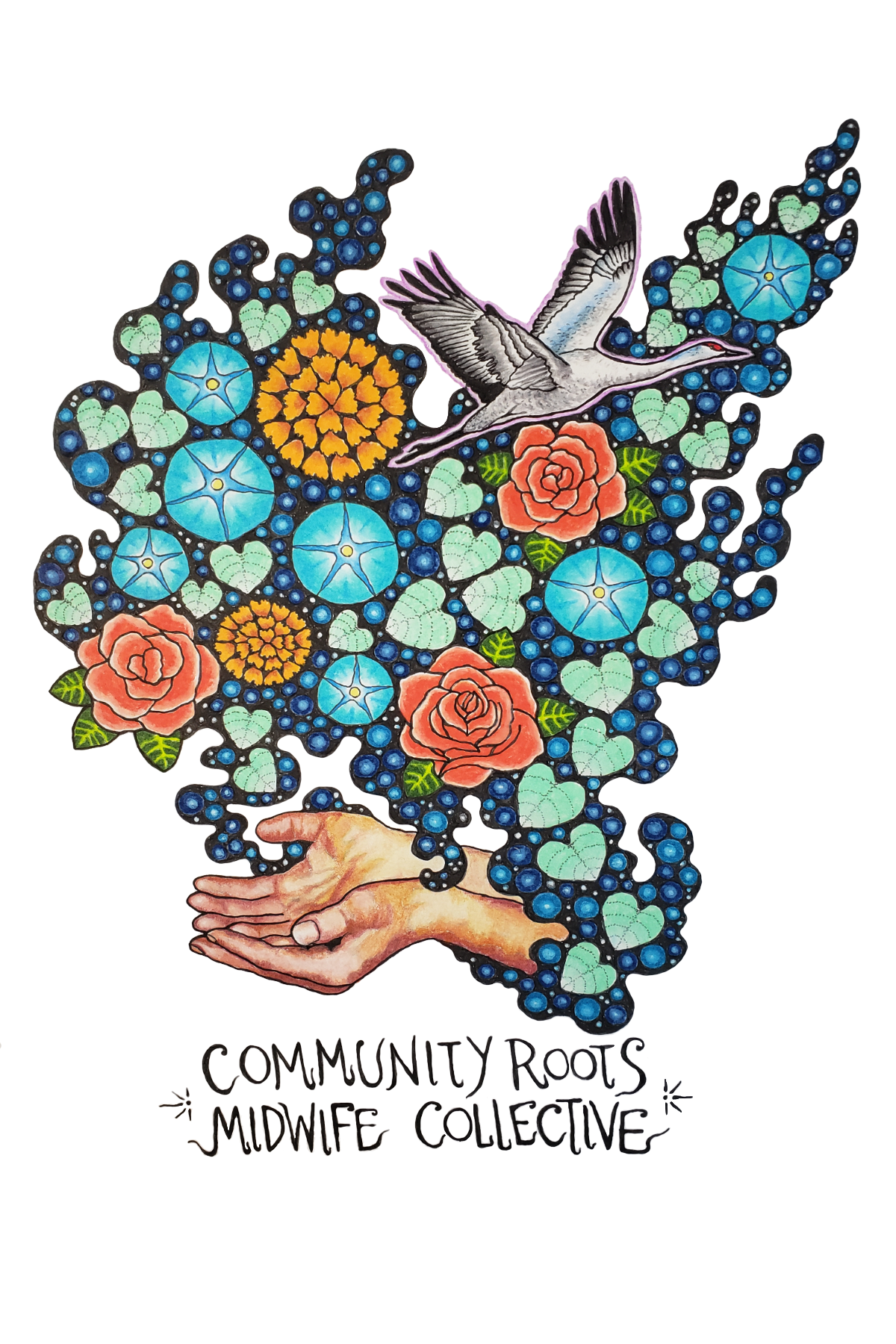The Dangers of Phthalates
/What are phthalates?
Phthalates, or plasticizers, are used in plastics to to make them more flexible and harder to break, or as solvents. This group of chemicals are creeping their way into many products that we use everyday. Similar to BPA, a phthalate is a stealth chemical that is classified as an endocrine disrupting compound (EDC). EDCs interfere with healthy hormone regulation.
The jury is still out on what effects phthalates can have on our health. The CDC has found that people who are exposed to phthalates have a higher concentration in their urine, but are unsure what health effects occur from low level exposure. Phthalates are on their list of potentially harmful but need more research to determine how. Further, the FDA doesn’t have enough scientific evidence to take action against products with phthalates in them. As we know from history, the FDA and CDC are often slow acting in cases like this (DES, BPA, tobacco, etc). They have also concluded that women of childbearing age have the most exposure and concentration in their bodies, which may then be passed to their baby in utero.
As consumers, we need to take our health into our own hands and make the decision to be conscious about what we are putting in and on our bodies, in our homes and how we are caring for our families. We need to consume responsibly and safely by choosing products without plastic, phthalates, PVC, DBP, and DEP (“fragrance”).
In pregnancy:
Studies have shown that fetal exposure happens in utero. Two studies from Harvard T.H. Chan School of Public Health have shown the effects in pregnancy to be:
Increased risk of pregnancy loss - 60% higher in women who had high levels of di- phthalate at the time of conception
Increased risk of gestational diabetes - 7 times risk with higher levels of phthalates
Higher weight gain in pregnancy - 2 times the risk with higher levels of phthalates
Lower IQ in child exposed during pregnancy - 6.7 points lower on average
Shortened anogenital distance, or hypospadia in newborn boys
Outside of Pregnancy:
Lower sex hormones
Lower thyroid hormones
Reduced sperm count
How phthalates affect our planet:
Phthalates are getting into our environment by way of industrial releases, the disposal of manufacturing, processing and industrial wastes, municipal solid waste, land application of sewage sludge, and release from products containing phthalates. The land, air, water, plants and animals are all being exposed to phthalates, which then often results in human exposure. Similar effects are seen in animal studies, where their reproductive and hormonal systems are harmed.
Phthalates and economy:
Phthalates have become a main part of our economics, as they are an inexpensive ingredient in many mass produced products. We are producing phthalates at an alarming rate, almost 6 million tonnes (1,000 kg) per/year globally!
Exposure to phthalates:
We are being exposed to phthalates through earth, air, water, food, intravenous fluids, or skin contact with DEHP-containing plastics. In biomonitoring surveys, the CDC has found phathales in human tissue, pointing to high, widespread human exposure.
Here are some common products containing high levels of phthalates:
PVC-shower curtains, blinds, inflatable toys/mattresses, changing tables/diaper mats and other similar soft plastic products
Vinyl flooring
Clothing- Rain gear, jewelry
Some food packaging and processing
Some medication and medical devices
Some air fresheners and scented candles
Cosmetics: The ingredient most commonly seen in cosmetics: DEP, nail polish, hairspray, body products with “fragrance” or “perfume”, baby powder, lotions and soaps *even sometimes “natural” products
Electronics
Soft Plastic Toys
How to Reduce Your Exposure:
At this point it is impossible to completely avoid phthalates, but we can do a lot to shift our lifestyles and limit our exposure in simple ways. The EPA, FDA, and Consumer Products Safety Commission (CPSC) are looking into the toxicity of the 8 different types of phthalates so they can better categorize potential risks. Until there are regulations or warnings available in every state, we have to be smart consumers and pay attention to where we are getting exposure to phthalates and how we can limit this.
Check cosmetic, hair and body products’ ingredient list. Do not use anything that has DEP, “fragrance” or “perfume” listed.
Limit exposure to PVC (here is a great list of products that contain PVC: http://mommyfootprint.com/pvc-items-in-your-every-day-life/) Often there are reasonable replacements to PVC products.
Avoid plastic #s 3, 6 and 7, they may contain phthalates or other harmful chemical plastics.
Use glass, wood, ceramic or stainless steel instead of plastic to store and reheat food and drinks.
Avoid soft plastic toys, especially those manufactured before 2008.
Eat organic food and wear organic clothing.
Avoid packaged or fast food.
Look for “phthalate free” on products. Even better, make some of your own “clean” household and body products.
Wash hands frequently (with phthalate free soap of course!).
Minimize handling of receipts.
Remove shoes at home to avoid tracking in dust that may contain these chemicals.
Resources where to buy phthalate free:
This local soap company uses glass jars for products and is transparent about all ingredients, using all natural, organic when possible as well as essential oils to scent their products. All products are phthalate free, as well as free of other concerning common toxins. They make household and body products: https://keepitcleansoaps.co/
Another local company that has amazing body products that are plant based: https://thelittleherbalapothecary.com/
This website has about a million DIY home and body products. https://wellnessmama.com/
Food storage and baby bottles: https://www.lifefactory.com/, or good ol’ fashioned mason jars



